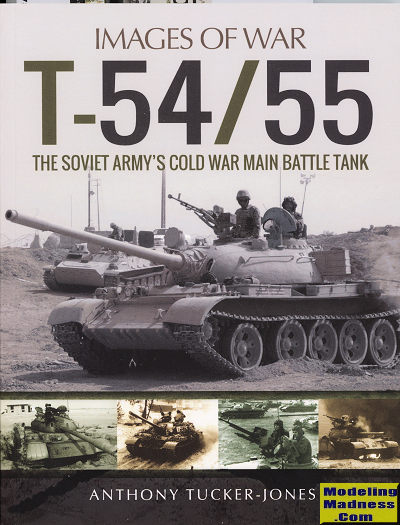 It
is a truism that when it comes to military equipment, it is the norm that new
material is generally based on what came before it. While there are leaps of
technology, for the most part, it is a steady progression of improvements, often
a result of previous experience regarding what works and what doesn't.
It
is a truism that when it comes to military equipment, it is the norm that new
material is generally based on what came before it. While there are leaps of
technology, for the most part, it is a steady progression of improvements, often
a result of previous experience regarding what works and what doesn't.
So it is with the case of post WWII Soviet armor. Pretty much everything
produced up to the T-90 can trace its roots to the T-34. That tank was one of
those leaps of technology that took pretty much everyone by surprised and
produced what could arguably be considered the best tank of its type of the war.
It had several major benefits in that it was a good mixture of armor, gun, and
mobility. It was fairly easy to build and it could be operated and repaired by
rank and file soldiers.
The T-54 and T-55 were the follow-on tanks to the T-34
and provided a larger gun, better armor protection and upgraded equipment
without sacrificing the ease of construction, operation, and repair of the T-34.
For sure, the type went through a number of modifications during its life span
to correct faults or upgrade the equipment, but it remained true to its original
ideals.
The T-55 in particular was hugely popular with Soviet
client states. It was exported by the tens of thousands and was built in several
countries outside the USSR. Such was the popularity of the type, that there are
still nations using the T-55 today, over eighty years after the first T-54s were
used during the later part of WWII.
In this book, part of Pen & Sword's excellent 'Images of
War' series, we are provided a look at the development of the tank along with
its huge number of modifications and upgrades. The tank was also the basis of a
number of specialized vehicles such as command tanks, recovery vehicles, bridge
layers, and flamethrower to name a few. These tanks were made in Czechoslovakia,
Poland, and Romania. China also made copies of the T-55 through reverse
engineering and produced variations that were sold well after the 'usual'
suppliers had switched to something else.
A goodly portion of the book covers the use of the tanks
in combat. These were used to the greatest extent in the various middle east
wars since the 1950s, and most of them are covered as are the 'bush wars' of
Africa and its operations in the Balkans in the late 1990s. This section also
covers the various modifications made to allow it to operate in the desert, a
condition for which it was not designed.
As the series description implies, there are a lot of
large and nicely chosen images to go along with all this. Including a section
that has a close-up look at various parts of the tank. It makes for an excellent
read and a book that tank fans should have on their shelves.
May 2018
Review book courtesy of
Casemate Publishing, where you can order your copy of this and many other superb books.
You can get this book at
this link.
If you would like your product reviewed fairly and
fairly quickly, please
contact
me or see other details in the
Note to
Contributors.
 It
is a truism that when it comes to military equipment, it is the norm that new
material is generally based on what came before it. While there are leaps of
technology, for the most part, it is a steady progression of improvements, often
a result of previous experience regarding what works and what doesn't.
It
is a truism that when it comes to military equipment, it is the norm that new
material is generally based on what came before it. While there are leaps of
technology, for the most part, it is a steady progression of improvements, often
a result of previous experience regarding what works and what doesn't.